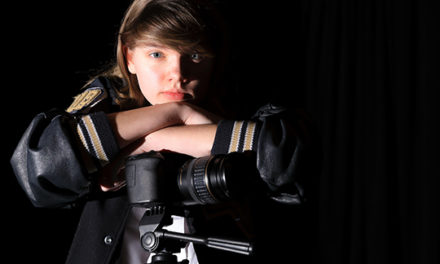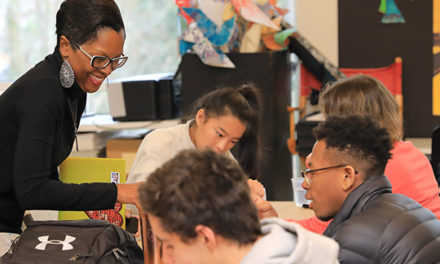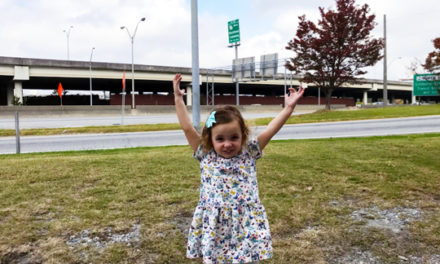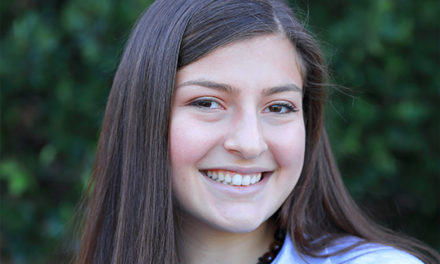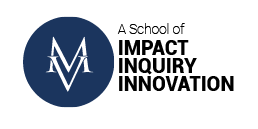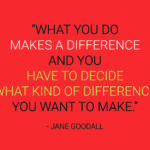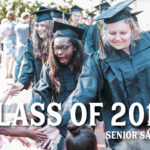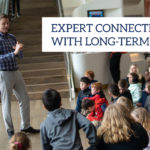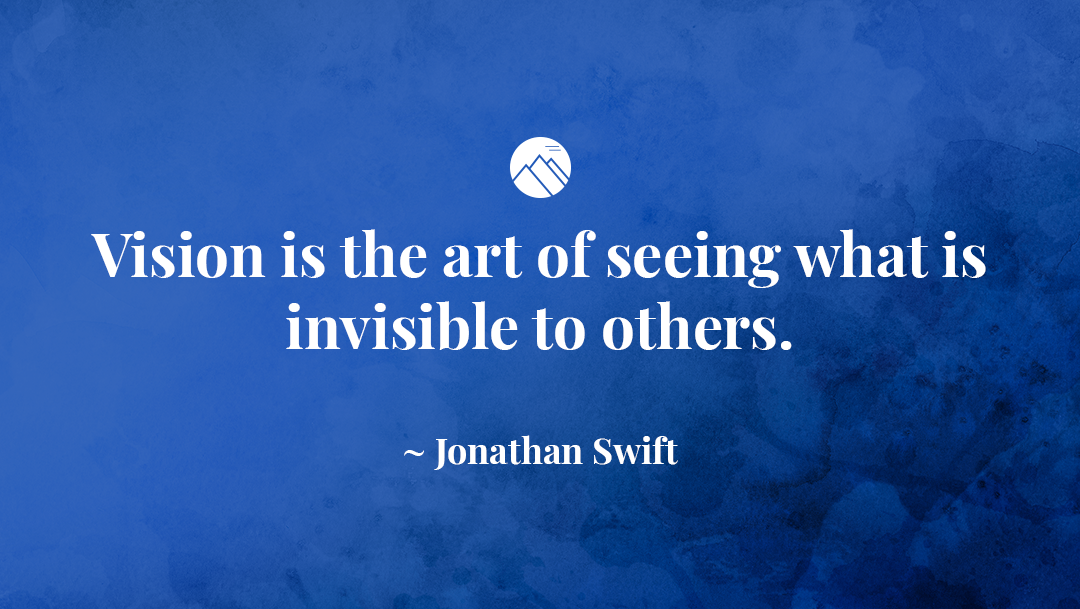
Sparking students forward
A young disheveled boy stands amongst ruins and looks straight ahead as though he is unsure where to go or what to do next. Two young children chase each other on a roof, a roof that overlooks a city in rubble around them; they laugh and play the way children do even in the worst circumstances, and then there are children in a van, and they are being driven with their parents away from everything they have always known. The father meets no one’s eyes, and the mother clings to her children as the van bumps along an anonymous road towards a refugee camp. I cannot stop looking in the youngest child’s eyes; they look abandoned, like a child lost at a mall, and wiser than any eight year old should look. I am a mom and a teacher, and I am surrounded this particular day by my middle school Freedom Course students. We have been discussing what is means to be a refugee and what responsibility we may have for other human beings who live so far away.
The conversation is not as robust as I would like it to be, and I am looking for a way to engage my students. The stories themselves do not seem to be enough, nor are the pictures. The statistics fall flat. There is usually a moment in a lesson where the energy sits precariously waiting to be shifted. I like to think of it as a class pulse (maybe this is from my former career as a nurse practitioner), but my job in that moment is to spark the students forward without pulling them. If their attention is lost, if they become disengaged, it is much harder to have them return. In that moment that day, I decided to wait, to slow the discussion that was fading, and surrender to the bell that was getting ready to ring.
they seem more like us than i thought
That night at home, I come across a short documentary film produced by the New York Times called The Displaced. This film follows the lives of three refugee children. I grab my Google Cardboard VR headset, pull on some headphones and immerse myself in this short documentary. As soon as I finish watching it, the next class can not arrive soon enough for me.
People immersed in Virtual Reality are interesting to watch. You see heads bobbing, mouths opening in surprise, and limbs and bodies moving to places you cannot see. What I see the next day in class is nothing short of magical. I hand out the Google headsets, the students slide in their phones, plug in their earbuds, and then… silence. I see them looking down and around, turning. And then- 11 minutes later, most are silent, but some are tearful. One student says in a quiet voice I almost cannot hear, “They seem more like us than I thought.” And that is when I knew. If this technology is available, than this is how it must be used, for good, and we needed this for empathy and design right here at Mount Vernon.
Connection is not magical; it is only bold.
I always tell my students this. When I was in what was then called junior high school in Roanoke, Virginia, I remember reading a book that I loved. It was the kind of read that when you finished, you felt changed, almost spiritually altered in some way. The name of the author was on the book jacket, and it said that he was a visiting professor at the University of Virginia. The afternoon I finished the book, I called the operator (because that is what one did in the 1980s) and asked for the English Department of UVA. In moments, this author was on the phone with me talking, and we shared a conversation. I will never forget how that changed my thinking.
You see, most people are not inaccessible.
We create the disconnection ourselves by not reaching for the conversations, the answers, the connections.
Many months passed before we got a final yes! When I got that call, I ran to my original group of eighth graders, now ninth graders with the good news. We all jumped around, high-fived, and looked at each other with disbelief. A Mount Vernon VR Lab was happening, and we were going to be the ones to carry it out. We were grateful and proud, and weeks later, every time we were called to the office for a box from FedEx for another computer, a monitor, a VR headset, well, it was like Christmas, and we smiled all day.
![]()

